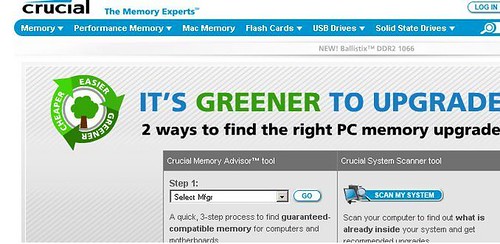
And for my next trick, April 28th I will be mostly be fostering conversations about more efficient energy utilisation at EnergyCamp, an unconference that is set to piggyback on Interop. I am really excited about the event but its a big responsibility – I am going to be the main compere/host. If you’re going to be at Interop in Las Vegas (grrrrr….) in April please consider joining us.
Whether you’re an end user of technology, an IT professional, a vendor of hardware, software or infrastructure solutions, or an industry observer with an interest in technology’s energy consumption, Energy Camp is for you. Energy Camp is a collaborative forum where industry stakeholders will gather together to discuss the growing impact of today’s energy costs on IT’s bottom line, and the overarching importance of energy conservation and utilizing greener IT solutions and methods.







